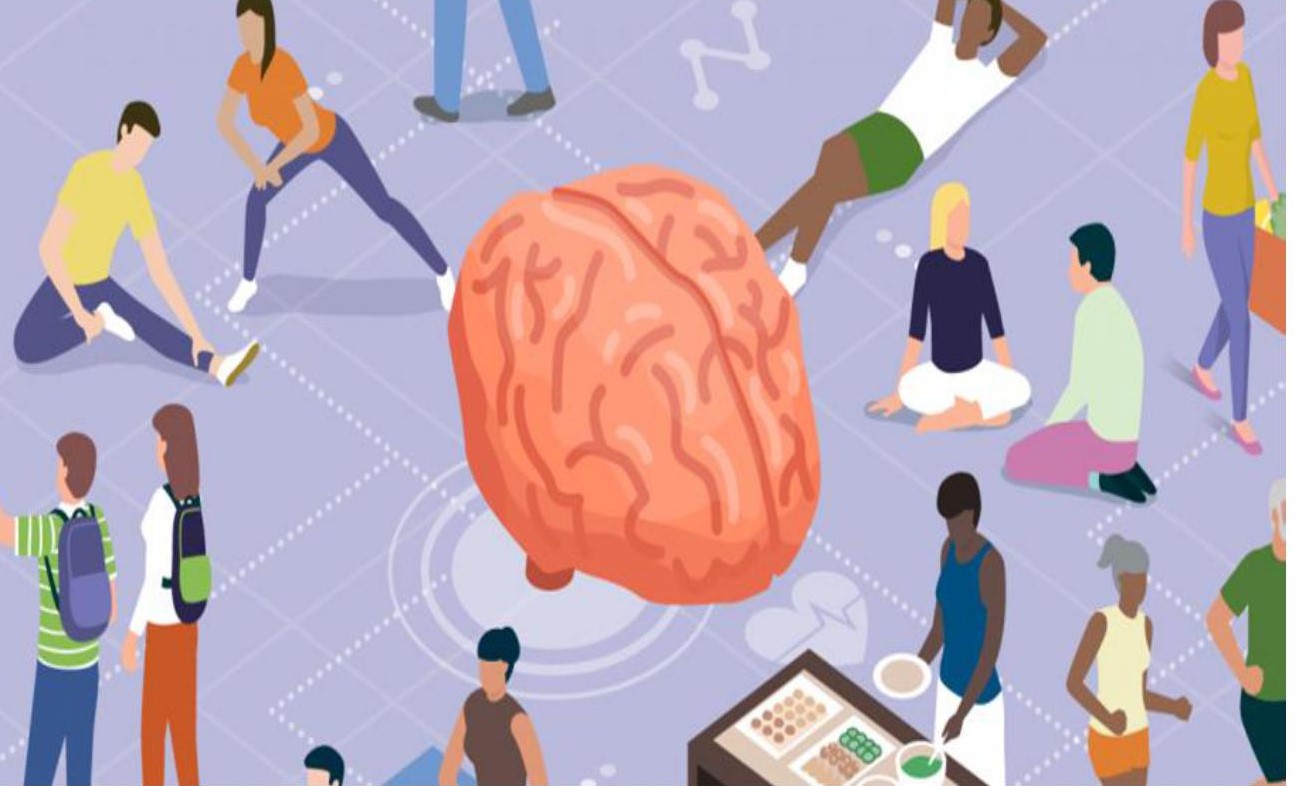Sally in a second grader who is overweight and often has trouble sitting still and listening to her teachers. Her grades are falling. She really enjoys art and connects well with her art teacher. On occasion, she gets frustrated and pushes others on the playground and bus. Her pediatrician has recently learned that Sally has experienced four Adverse Childhood Experiences and is at high risk for toxic stress.
As a pediatrician and public health practitioner, I know that Sally is far from alone. Exposure to toxic stress is all too common, and when unaddressed, is a key reason that many children are unable to achieve their full potential. Toxic stress is often caused by Adverse Childhood Experiences, or ACEs, which can have profound impacts in the brain and body, in the classroom, and in relationships.
Given how readily toxic stress can impact learning and relational success at school and beyond, there is a crucial and largely untapped opportunity for educators to partner with clinicians to better recognize and address toxic stress to optimize outcomes for all children.
Understanding ACEs and toxic stress
ACEs refer to challenges in a child’s life that, without treatment, can lead to toxic stress and increase lifelong risk for health problems. The Centers for Disease Control and Prevention, together with Kaiser Permanente, identified 10 specific ACEs in their landmark study: recurrent physical, emotional, or sexual abuse; physical or emotional neglect; living with a household member experiencing mental illness, substance dependence, or incarceration; parental separation or divorce; and intimate partner violence.
ACEs are common. Approximately two-thirds of Americans have experienced at least one ACE; one in six have experienced four or more ACEs. Without adequate protection from a responsive caregiver, ACEs can lead to toxic stress — long-term changes in the brain, stress response systems, immune and metabolic processes, and genes, in ways that can affect one’s lifelong health and potential — and even that of children and grandchildren.
In adults, ACEs are associated with dramatically increased risk for nine out of 10 of the leading causes of death nationally, including heart disease and cancer, and can lead to earlier mortality. In children, ACEs are associated with increased risk for asthma, headaches, obesity, growth delay, infections, menstrual delay, and depression, among many other health concerns.
Besides ACEs, there are many other risk factors that can lead to toxic stress, such as racism, sexism, poverty, food and housing insecurity, interpersonal and community violence, bullying, and living through the grief and trauma induced by a once-in-a-lifetime pandemic. Structural and social inequities often result in both ACEs and these other risk factors—and their impacts—being disproportionately distributed among marginalized communities.
The impact of toxic stress on learning
Among the most notable effects of toxic stress are its impacts on learning and success in school. Toxic stress literally gets under the skin and changes crucial biological receptors and pathways, including those responsible for memory, concentration, emotional regulation, impulse control, and complex decision-making. These changes can give rise to many learning, relational, and behavior difficulties in the school setting — often without anyone recognizing toxic stress as the root cause.
In the classroom, effects of toxic stress can include trouble concentrating, lack of engagement, not completing homework, learning disabilities, impaired executive and relational functioning, absenteeism, grade retention, school failure, and dropping out. Children with four or more ACEs are 32 times more likely to experience learning and behavior problems as children with zero ACEs. As the number of ACEs increases, so does the likelihood of school problems like disengagement or repeating a grade. Beyond the classroom, toxic stress can increase risk for holding less skilled jobs, unemployment, poverty, arrest, and felony charges, contributing to intergenerational risk for further ACEs and toxic stress.
The good news is that early detection and early interventions to address toxic stress can be very effective in reversing the biological changes involved. These interventions include optimizing sleep, nutrition, close relationships, mindfulness, nature experiences, exercise, and when needed, mental healthcare.
Screening for ACEs is a crucial first step toward recognizing a patient’s clinical risk for toxic stress and addressing the downstream impacts on health, learning, achievement, and mortality, as well as ensuring more equitable outcomes. Starting in January 2020, through the ACEs Aware initiative, clinicians throughout California began screening and specifically formulating treatment plans based on a patient’s risk for toxic stress.
The role of trauma-informed schools
Preventing and responding to toxic stress in the classroom is also important for educators and school staff. Children spend the majority of their time in school, which makes it an optimal setting to enable preventive and toxic stress-responsive practices that lead to sustained well-being and resilience for all students.
Given just how common ACEs and toxic stress are, setting up trauma-informed principles in educational spaces and structures is an important layer of prevention. A trauma-informed school is designed to create feelings of safety for all students, particularly for those students whose brains and bodies are in a state of hypervigilance via toxic stress. Such schools have universal systems that enable emotional and physical safety: predictable routines and social interactions; a calm physical environment; transparent and predictable rules; and clear, nonpunitive consequences for violating rules.
To be trauma-informed, it’s also important that schools teach social-emotional skills, embed participatory decision-making by students in school policies, and explicitly work to involve families and communities. For example, they could include classes or workshops for families on parenting, managing stress, and addressing their own risk factors for toxic stress. Schools can additionally set up strategies to promote the proactive well-being of school staff, such as mind-body health interventions and peer support, to prevent vicarious or secondary trauma and burnout.
For those students affected by toxic stress, school personnel can be trained to recognize so-called disruptive behaviors as possible symptoms of toxic stress. They can be trained to respond in ways that nurture safety and healthy relational support, reducing toxic stress, rather than with punitive actions.
Working together
Pediatric providers and educators can work together to enhance one another’s understanding about how toxic stress can manifest in the classroom or on the playground and how best to address the related health conditions and symptoms that can affect children in school.
Partnerships between pediatric providers and educators are vital to promoting shared goal-setting, decision-making, optimal treatment, and closer follow-up of students with toxic stress. In conjunction with pediatric providers and families, educators can support strategies for regulating toxic stress physiology at home and at school — such as promoting anti-inflammatory nutrition, mindfulness practices, time in nature, physical exercise, supportive relationships, and sleep hygiene. School-based toxic stress-responsive supports might include social-emotional skill-building sessions in small groups or one-on-one with a counselor and an Individualized Education Program for toxic stress-related health conditions. A sample letter written by a pediatrician to school personnel to jointly address toxic stress can be found on the ACEs Aware website.
Strong partnerships like these will eventually enable greater coordination across all sectors that serve children — including healthcare, education, child care, social services, and criminal justice. This will ultimately allow for a future where these systems work together more seamlessly to prevent toxic stress altogether, enhancing resilience and furthering equity in outcomes, and allowing every child to reach their full potential.
To learn more about how communities, states, and nations can recognize and effectively address Adverse Childhood Experiences (ACEs) and toxic stress, read the California Surgeon General’s Report.


